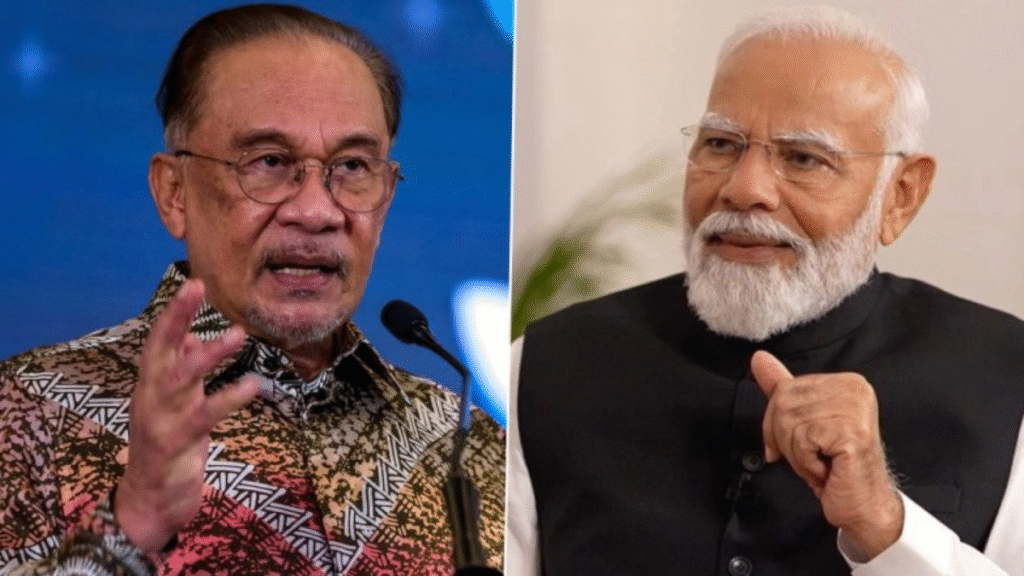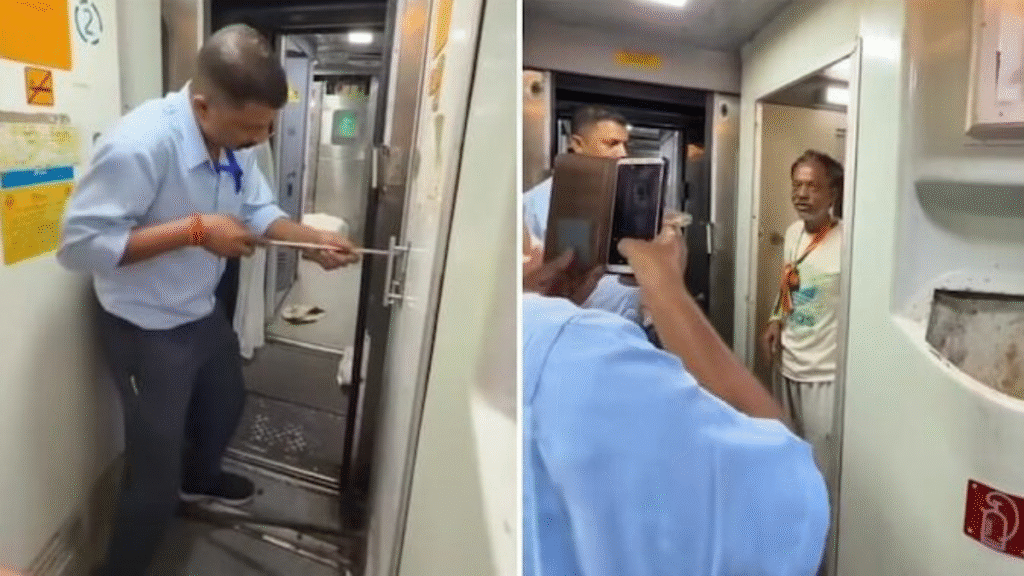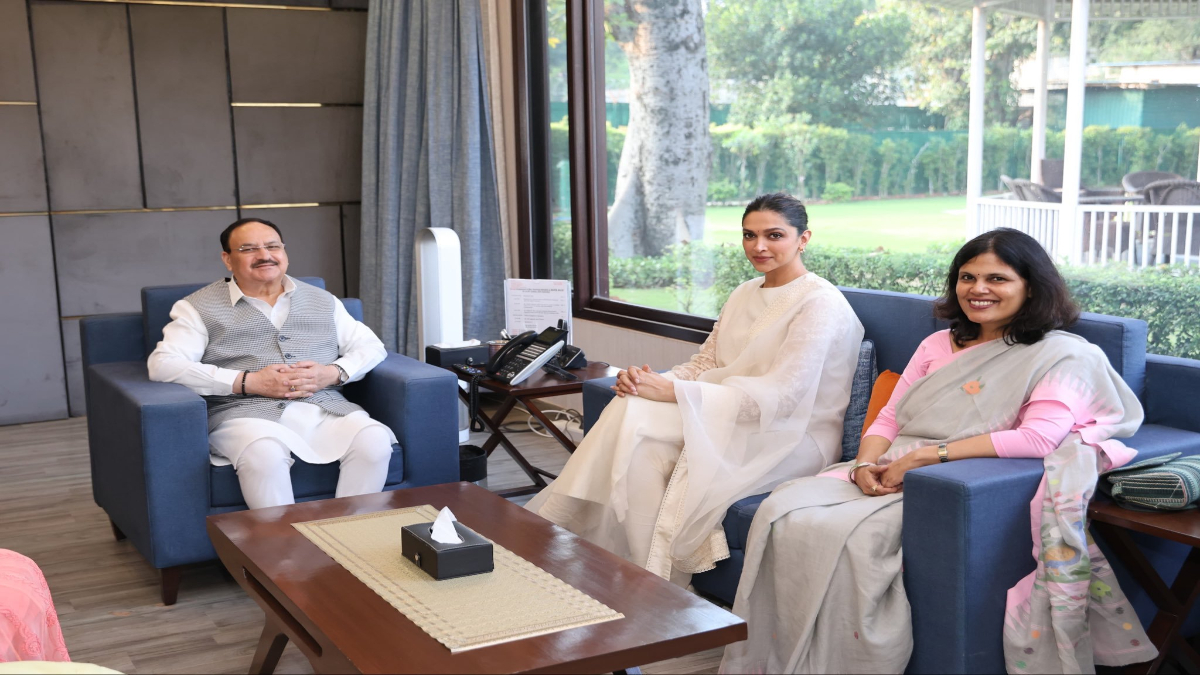Now Reading: The Casteless Bureaucrat: An Enduring Myth in the Corridors of Power
-
01
The Casteless Bureaucrat: An Enduring Myth in the Corridors of Power
The Casteless Bureaucrat: An Enduring Myth in the Corridors of Power

The Indian bureaucracy, often romanticized as the “steel frame” of the nation, is founded on the constitutional ideals of equality, impartiality, and meritocracy. Yet, the notion of the ‘casteless bureaucrat’—an officer immune to the socio-cultural forces of caste—is not a reality, but a powerful, and often toxic, myth. Seventy-five years after the Constitution outlawed untouchability and mandated affirmative action, caste remains a deep-seated factor, subtly and overtly influencing recruitment, postings, promotions, and the very administrative culture of the civil services.
The Illusion of Neutrality
The concept of a ‘casteless’ public servant presumes that rigorous, merit-based examinations like the UPSC are sufficient to strip away inherited identities and prejudices. While competitive examinations democratized access for historically marginalized groups through reservations for Scheduled Castes (SC), Scheduled Tribes (ST), and Other Backward Classes (OBC), the institutional framework itself was historically molded by—and for—upper-caste elites.
The ‘casteless’ claim primarily benefits the historically privileged. As long as caste is not explicitly invoked, those from dominant castes can operate under an assumed neutrality, their privileges, which provided a head start in education and social capital, rendered invisible. In contrast, officers who enter service via the reservation quota are often constantly reminded of their caste identity, their ‘merit’ questioned, and their performance scrutinized through a caste-tinted lens.
Systemic Discrimination and Structural Barriers
The persistence of caste in the bureaucracy is evident not just in individual prejudices but in systemic patterns:
- Underrepresentation at the Apex: Despite constitutional reservations ensuring entry at the junior levels, representation of SC, ST, and OBC officers remains abysmally low at the highest echelons—the crucial Secretary-level posts where policy is finalized and implemented. This structural bottleneck suggests that advancement within the service is often hindered by unspoken, yet powerful, caste hierarchies.
- Adverse Service Conditions: Reports and tragic incidents, including suicides by officers from marginalized backgrounds, have repeatedly brought to light accusations of caste-based discrimination in day-to-day work—unfavorable postings, stalled promotions, hostile work environments, and harassment orchestrated by dominant-caste colleagues and superiors. The administrative machinery, meant to be an instrument of the law, appears corroded by internal caste prejudice.
- The “New Caste” of Service: Sociologists have observed that the prestigious All-India Services, particularly the Indian Administrative Service (IAS), have, over time, begun to function as a ‘new caste’ themselves—characterized by strong internal solidarity among its senior members. However, this internal cohesion is often fractured along caste lines, undermining the service’s efficiency and its mandate as a truly binding force for the nation.
The Power of Social Origin
The neutrality of any administrative body is always a myth. Administrators do not descend from an impartial void; they hail from specific social backgrounds that shape their outlook, biases, and decision-making. In a deeply hierarchical society like India, an officer’s social origin—their caste—is an undeniable part of their identity.
Dr. B. R. Ambedkar, the architect of the Indian Constitution, had presciently warned that without structural changes, caste-based discrimination would pervade the central bureaucracy. His concern was that a bureaucracy dominated by caste elites would actively undermine constitutional and policy efforts aimed at social equality. Contemporary data on underrepresentation and the accounts of veiled discrimination confirm his fears.
Beyond the Myth: Towards a Representative Bureaucracy
Recognizing that the ‘casteless bureaucrat’ is a myth is the first step toward reform. True bureaucratic reform must move beyond mere compliance with reservation quotas at the entry level and address the deep-seated cultural and structural malaise.
This requires:
- Caste Sensitization: Mandatory and effective caste sensitization training for all bureaucrats, especially those in supervisory roles, to challenge unconscious biases and microaggressions.
- Accountability in Promotions: Transparent, merit-based systems for promotions and postings that incorporate safeguards against discriminatory practices and hold officers accountable under anti-atrocity laws.
- Data Transparency: Regular, disaggregated data collection on the caste composition of the bureaucracy at every level of seniority to expose and correct structural imbalances.
The administration is not just an arm of the state; it is a mirror of society. Until the ‘steel frame’ is thoroughly cleansed of the poison of caste, it cannot stand as a neutral, efficient, or truly democratic pillar of the Republic. The time for pretending that India’s most powerful service is immune to its deepest social reality is long past.









